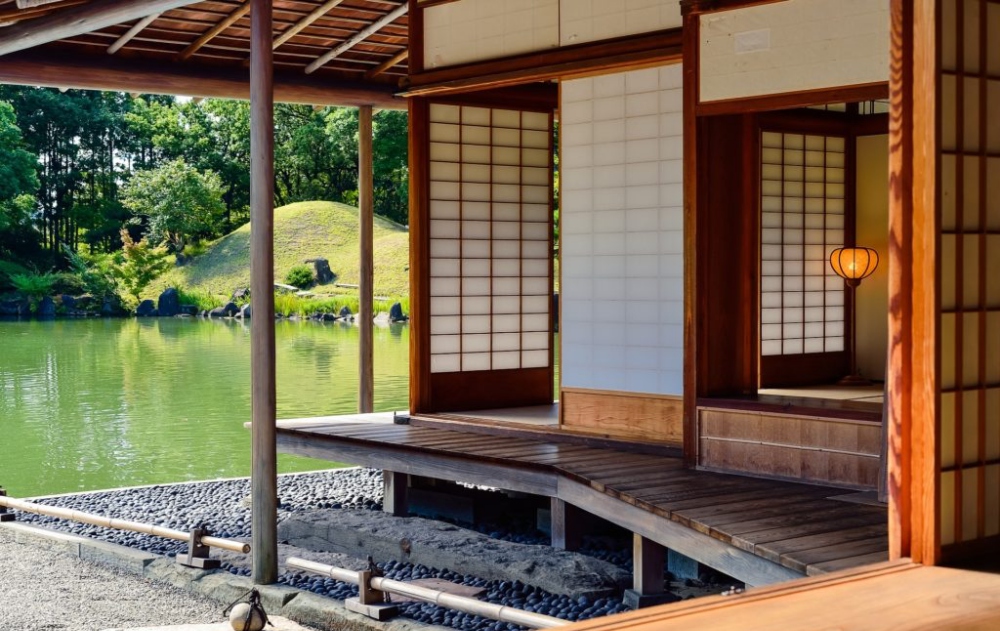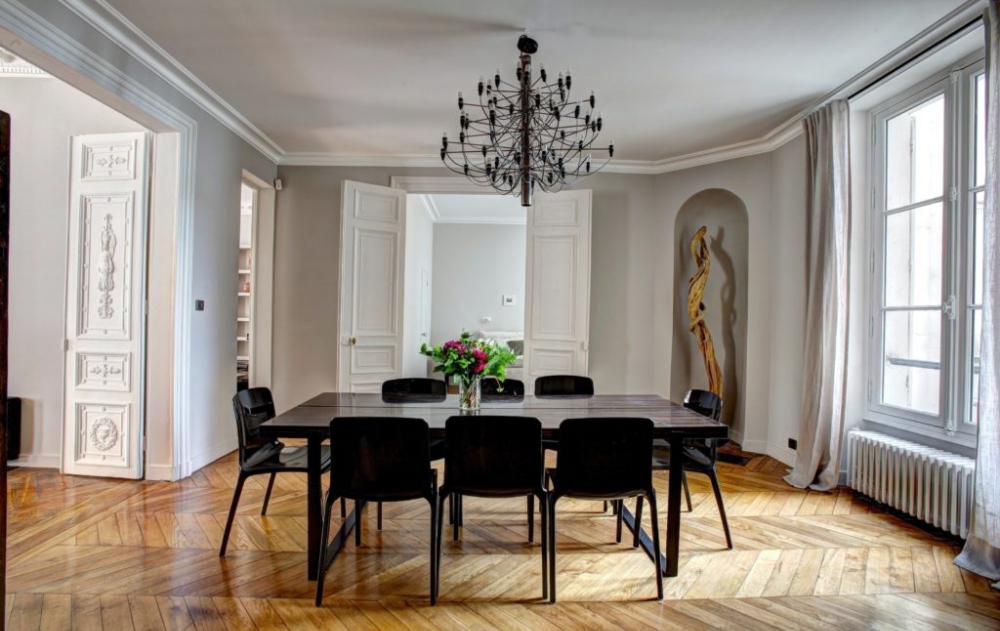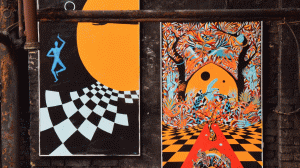This article originally appeared on TwentyThirty.
If you are leading for change on a global scale, you will need to navigate different cultures and different concepts of space. Focusing on relationships and intimacy can make systems change more sustainable and resilient. However, creating spaces where breakthroughs can happen is an art. Jerrold McGrath has taken a look at Japanese approaches to designing spaces that may be useful for everyone looking for new ways of bringing people together.
Jerrold spent six years living in Japan working as a corporate trainer in the automotive industry. He came to realize that when he talked about ‘space’ and when his Japanese colleagues talked about ‘space’ they weren’t talking about the same thing.

A simple way to illustrate this is how homes are set up. A typical house in the West has fixed walls and fixed rooms. The dining room generally remains the dining room throughout the day. In Japan, walls are often sliding and made of paper so that the layout of the space can be changed quickly to accommodate immediate needs.
[recommended:8681]
Over the course of a day, a single space might be used for socializing, quiet reflection, eating, and sleeping. Space in the West is about solid boundaries. There is an inside and an outside. The focus is on the arrangement of objects, and the space is considered ‘empty’ until someone enters it. In Japan, spaces are permeable, and the focus is on structuring interactions among people.

Systems change is often about changing how people interact.
So how might concepts and approaches that focus on interactions support creating better spaces for change?
In change projects I am involved with, I use the four concepts for space as a check list to ensure that we are focusing on more than just the task at hand but also on the interactions and relationships necessary to make change stick.
The four approaches to space in Japan:
- 1. Relational Space (WA):
- WA refers to the interpersonal connections among people. Designing for WA means ensuring that people have time to get to know each other and to build trust. When trust isn’t present, then other spaces might be required. The very active nightlife in Japan is aimed at building and rebuilding good relationships among colleagues.
Many of us show up in spaces and are expected to represent our title, our organization, or our identity. It is difficult to build trust and intimacy when we are only present as our professional affiliations.
Japanese business moves slowly because it seeks points of human connection that can facilitate long-term relationships. We need to invest time in WA so that we can avoid future trouble and develop resilient relationships that go far beyond our immediate needs:
You can apply WA in your daily business by:
- structuring activities that allow people to bring their passions and lived experience into the conversation rather than just their position or expertise.
- shifting spaces often so that patterns of relating don’t get stuck. Examples might include being outside, sharing meals, creative or cultural spaces, and unusual configurations of furniture.
- 2. Knowledge Mobilizing Space (BA):
- While WA focuses on human relationships, BA focuses on knowledge being mobilized. The Japanese focus on interdisciplinary teams is tied to a desire for better BA. Diverse perspectives and experiences are thought to create greater potential for new ideas to emerge.
The Japanese automotive industry also encourages rotating assignments to increase exposure to different parts of the business and closer contact with clients and markets.
Filling a room with smart people may or may not lead to smart ideas. For new knowledge to be created, boundaries need to be open.
You can apply BA into your daily business by:
- dedicating 15% of attendees to those outside the issue under consideration. Randomize recruitment as much as possible to reduce groupthink.
- showing and telling opportunities so that experiences can be shared and new approaches integrated more broadly into practice.
- 3. Location (TOKORO):
- Western ideas of space often lead to containers inside containers inside containers. A team member is part of a team that is part of an office that is in a building in a city that is in the United States. Japanese ideas of ‘place’ are more open to ambiguity and reciprocity. For example, an office building is as much in a city as the city is in the office building. Location then starts to be about both opportunities and obligations.
Hosting change work in cities, for example, creates important intersections with other activities but also important obligations to the challenges of that city.
Those include inequality, homelessness, and the current state of political discourse.
You can apply TOKORO into your daily business by:
- approaching locations of change work in a spirit of generosity. If a community is welcoming you, how might you pay back that gift in a way that is locally relevant and valued?
- inverting site visits. While it’s important for change makers to go out and see what is happening, it is also useful to bring the systems under examination into the room to see the change work first hand.
- 4. Negative Space (MA):
- MA is often translated as negative space. An original Chinese variant character shows a window frame with the moon shining through. The key message here is about time, openings, and experience. In the West, space is already understood as empty, so thinking about MA becomes complicated.
The Japanese, however, see space as full, and MA becomes a way to create moments of awareness and quiet.
Small shrines scatter large corporate headquarters. Even the rooms put aside for smoking in automotive companies are discrete oases of quiet in hectic multinational offices.
Just like we need room among the logs to build a fire, systems change needs interruptions and places of calm.
The Japanese see the need for spaces that interrupt, rather than prepare for more work, and spaces for change might benefit from elements that serve no direct purpose at all.
You can apply MA into your daily business by:
- slowing the conversation down by enforcing pauses into dialogue to allow for reflection and synthesis. Rapid back and forth might be exciting but it often repeats past positions. Empty space allows for difference to better co-exist.
- including quiet spaces that serve no purpose so that when people become overwhelmed they can find a quiet space and process what is happening. Design should make conversation or work in these spaces difficult. Nature walks, private rooms, and presented art works can be considered.
Shifting the systems that support us requires that new spaces be designed or old spaces be reconfigured to support new ways of behaving or new ways of talking to each other. The example of Japan might offer some new approaches to this work.
[recommended:8939]
This article is presented in collaboration with TwentyThirty.
TwentyThirty is an online magazine presented by the BMW Foundation Herbert Quandt. It sheds light on the social, political, and environmental challenges we face and features inspiring Responsible Leaders who are working to solve them. Follow their work on Facebook.










